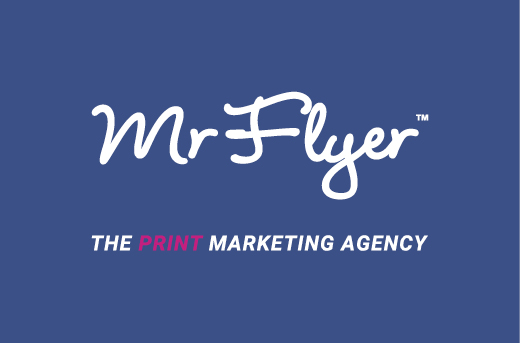Answers to Why Your Leaflet Distribution Didnât Work â Part 2
22 Feb 2016

Following on from the very well received blog ‘Answers to why your leaflet distribution didn’t work’ I thought it pertinent to write a Part 2 about a fundamental marketing strategy we encourage all clients to undertake.
As I stated in the ‘part 1’ blog, we sometimes get despondent clients who blame us after their one time distribution didn’t give them the huge response they envisaged. Clients made comments such as, ‘well I don’t know if the flyer worked, ‘no one said they came because of it’, or, ‘I didn’t get a high response so I guess that means my business must not benefit from leaflet distribution’.
3 Keys for design
Last time I focused on the design of the flyer being a likely reason for a poor response, and this is equally relevant now. The 3 keys we recommend for a successful flyer design are:
1. Bold headline
2. Eye catching image
3. Track-able call to action
Drip Effect Marketing
Another aspect that I touched on the last blog I will now focus on here: drip effect marketing. Drip effect marketing is a strategy used by many direct marketers where a continual flow of marketing material such as flyers, are sent to the same audience over a set period of time. Drip marketing endeavours to create sales through long-term repeat exposure to its receivers. This method generates brand awareness, brand trust and brand engagement.
Application to leaflet distribution
In the same way you don’t see a change by going on a diet for a day, nor does a company using TV or radio see a change to their business by placing an advert with just one viewing. So why do people presume you can do leaflet distribution just once to see a strong return? For leaflet distribution campaigns to be successful they need to be carefully considered. Who is the target client, which will provide the appropriate demographic to distribute to, what’s on the design and how is it printed. Once all these are in place its vital to repeat the same areas over and over (every 4-8 weeks) so that you build brand awareness, brand trust, and give the receiver a reason to respond.
The drip effect 3 stages
1. Brand awareness. This lets people know who you are. It strongly features your brand, and will have a simple call to action but not in the form of a discount, e.g. ‘Call us today for a free consultation’.
2. Benefits. What difference to someone’s life will your product/service give? Why are you different from your competitors? Still include a simple call to action – a flyer must always be actionable.
3. Call to action. Now the same people have seen your brand and understand your benefits, you will see more success from your call to action, and can enhance conversions with a tempting exclusive offer.
Will leaflet distribution then work?
We recommend starting off with the 3 stage process that allows you to engage with a prospect without desperately pushing a sale or discount in their face. By stage 3 they know who you are, they understand what benefits they have by using/buying from you, and now you’re giving them a strong reason to respond – a call to action.

Please login to comment.
Comments